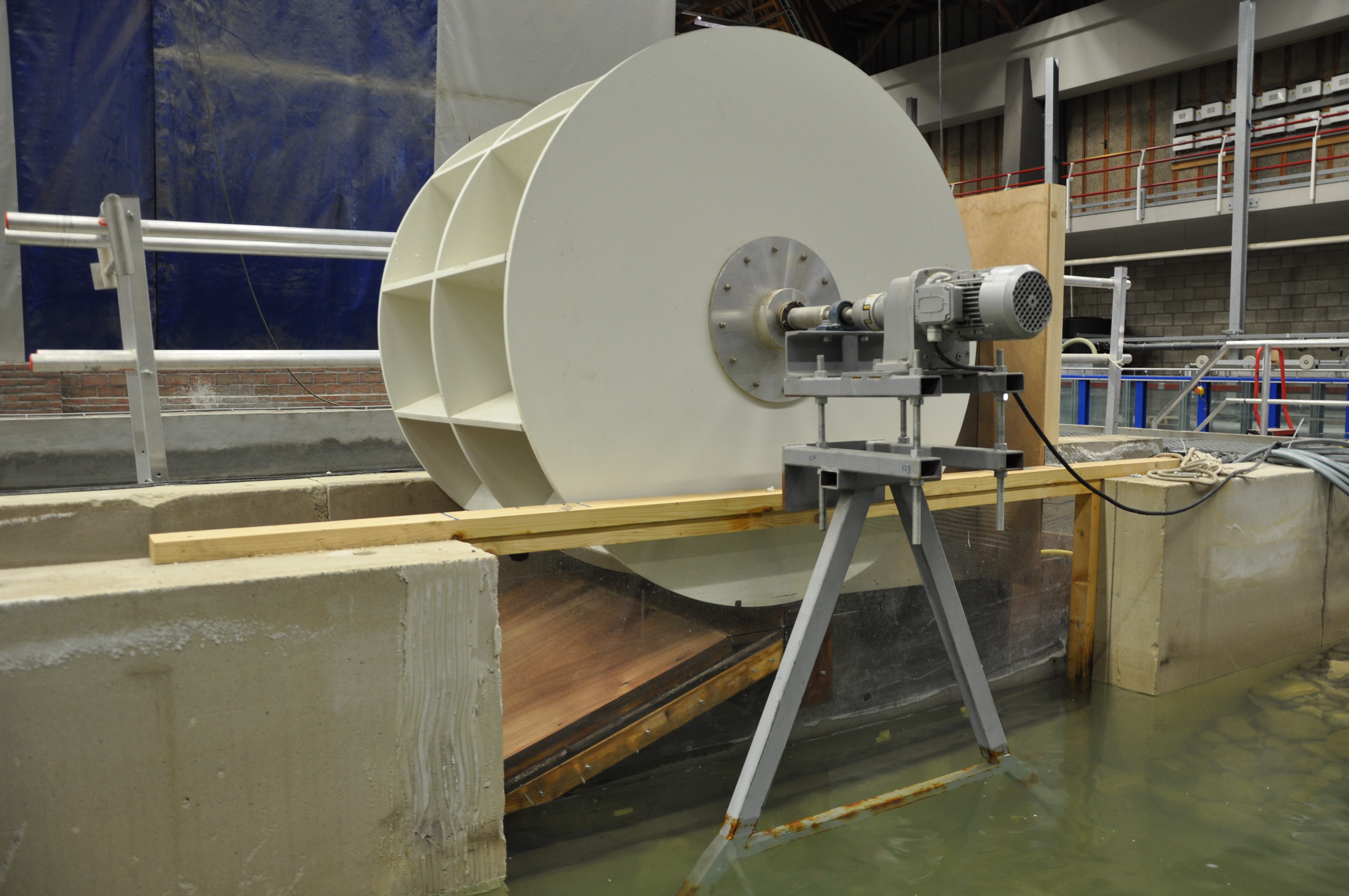| Panel |
|---|
The maximum wind effect on wave overtopping at dikes with crest elements |
Dear reader, Welcome to my page at the Deltares wiki for master students in the Hydraulic Engineering section. My name is Ruben van der Bijl, master student Hydraulic Engineering specialized in Coastal Engineering at Delft University of Technology. At the moment, I am doing my master thesis and I am glad to have the opportunity to graduate at Deltares. Moreover, personally I see it as a unique opportunity to perform my own physical model tests in the Pacific Basin in the Hydrohall. From the end of January untill the end of March I will be present at the Hydrohall to perform the physical model tests. If you are curious about the research and want to know more, feel free to pass by and/or read the information about the thesis below. 
IntroductionWave overtopping is one of the failure mechanisms of a dike. The result is that overtopping discharges damage the dike revetment at the land side of the dike. The result can be disastrous, leading to instability of the dike or breaching. Flooding due to a breaching dike has to be prevented. Hence wave overtopping has to be taken into account for the design and safety assessment of dikes. Problem statementThe overtopping discharge is one of the main subjects in determining the height of a dike and wave overtopping. Influencing parameters such as a berm, roughness, obliquely incident waves and a vertical wall have already been researched. The result is that these influencing parameters are included in current calculation methods, although Van Gent (2019) stated that the combination of some influence factors is still not fully understood. For wind, such an influence factor does not exist at the moment. Although some experiments are executed, little is known about the effect of wind on wave overtopping at dikes with crest elements. Wind in itself is a complex phenomenon due to its dynamic behaviour. Besides, wave overtopping is influenced by a lot of parameters. This makes it difficult to construct a general formula including the effect of wind on wave overtopping. Also, scaling effects of water-air interaction are important. The complexity and variability of wind makes it difficult to perform reliable tests. Moreover, several configurations of a vertical wall on a dike are possible. For vertical walls with a toe above the still water level, limited data and knowledge is available (EurOtop, 2018). Therefore it is necessary to do more research and carry out laboratory tests in order to reduce the number of knowledge gaps. It is required to gain more knowledge about the maximum wind effect to obtain a better understanding of the failure mechanism of wave overtopping at dikes. ObjectiveThe objective of the research is to find out more about the maximum wind effect on wave overtopping at dikes. Furthermore, the influence of crest elements may influence the wave overtopping and wind effect. To this end, the following research question with sub-questions will be covered in this master thesis. What is the maximum wind effect on wave overtopping at dikes with crest elements? The basis for answering the research question is created by the following sub-questions. - What is the influence of the height of crest elements on the maximum wind effect on wave overtopping at dikes?
- What is the influence of the position of crest elements on the maximum wind effect on wave overtopping at dikes?
- How do wave characteristics such as the significant wave height and wave period influence the maximum wind effect on wave overtopping at dikes with crest elements?
|